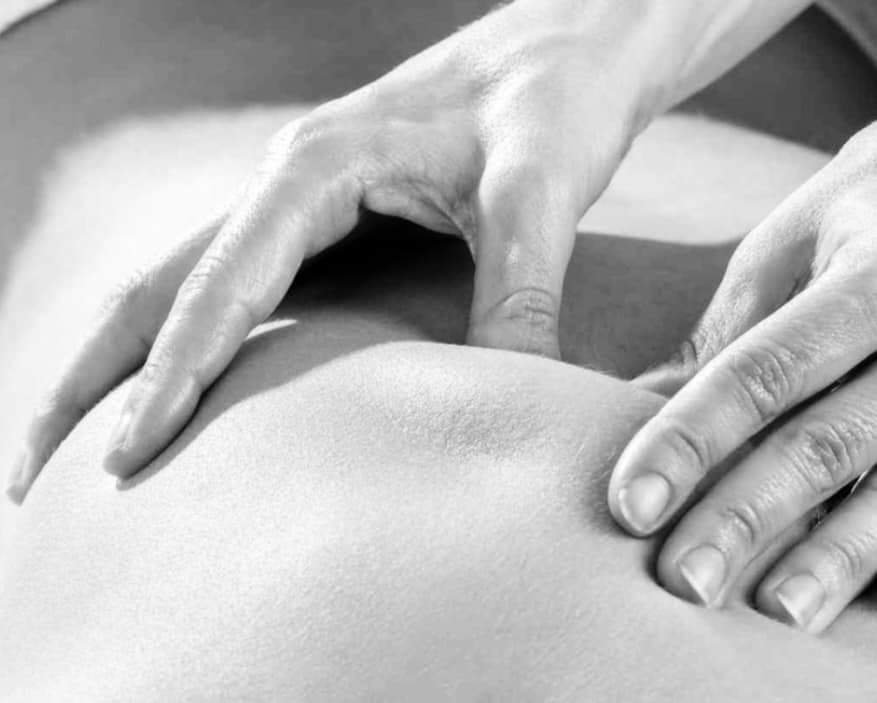
TMD / TMJ pain
TMD or temporomandibular disorder is also known as TMJ pain or temporomandibular joint pain and affects about 1 in 4 people in the UK - this probably shouldn’t be surprising if we take a second to think about what this little joint does!
The TMJ is the only joint connecting the jaw bone (the mandible) to the temporal bones of the skull, it allows us to talk, laugh, sing, eat, chew, yawn. Every single movement of the jaw happens through this little joint, it is the most frequently used joint in the body.
Symptoms of TMD
A clicking or popping sound / sensation, soreness or stiffness when opening or closing the jaw, difficulty opening the mouth (trismus), teeth grinding (bruxism) and difficulty speaking or swallowing. Other symptoms include headache and migraine, tinnitus and earache, dizzy spells, twitching of the facial muscles and chronic persistent unexplained pain affecting the jaw, ear, face, neck, shoulders or upper back.
Causes of TMD
A dominant chewing side, chewing gum or other repetitive chewing, teeth grinding, clenching or poorly fitting dentures are common causes. But also whiplash or physical trauma, stress, anxiety, or psychological trauma. Postural or overuse issues affecting the neck and shoulders can also be involved.
What does treatment for TMD / TMJ pain involve?
Assessment - Consultation and assessment gives a clear understanding of the causes of pain
Treatment - Clinical Massage techniques can effectively reduce or resolve pain linked to TMD. Treatment will usually include use of fascial release techniques, treatment of trigger points and gentle stretching. Treatment will often but not always include intraoral work.
A course of treatment between 3 and 6 sessions is usually required for the most effective outcome although many clients will find significant improvements after the first treatment.
Aftercare - We will discuss a plan to help you take control of your pain. This might include gentle exercises, forming new habits and breaking some old ones. Where needed you might also be referred to your dentist for further assessment.
An understanding of trigger point pain patterns and the effective treatment of trigger points is key to treating TMJ pain, As well as the Masseter shown above, other muscles associated with TMJ pain are the Temporalis, Lateral and Medial Pterygoids, the SCM, Trapezius and sub occipital muscles.

